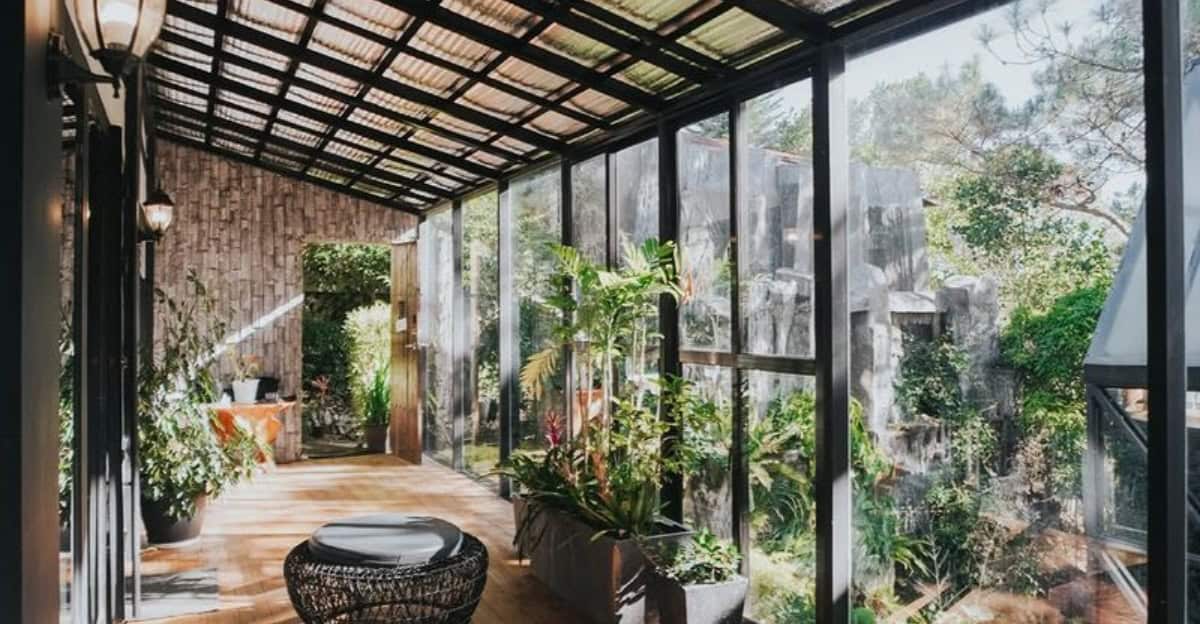Creating a large indoor greenhouse offers numerous advantages for both novice and experienced gardeners.
From extending growing seasons to enhancing well-being, indoor greenhouses provide a controlled environment that is perfect for a variety of plants.
Explore these 10 compelling reasons to build your own indoor oasis.
1. Year-Round Gardening
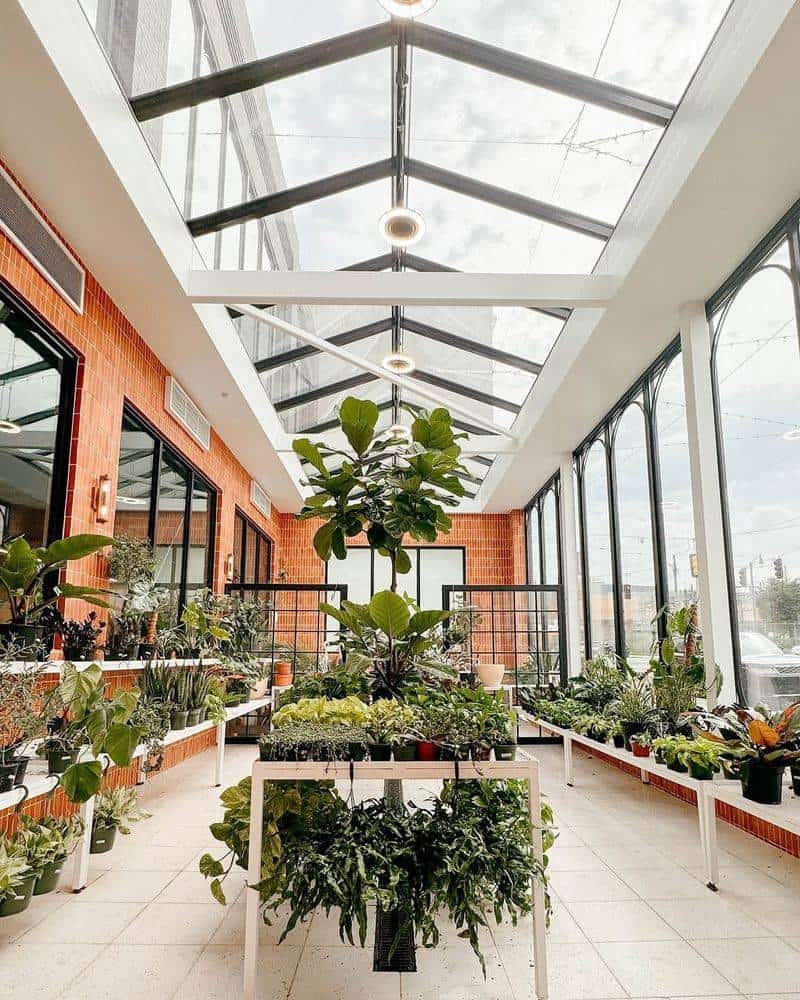
Enjoy gardening throughout the year, irrespective of the climate. In a large indoor greenhouse, seasonal changes won’t deter plant growth.
By managing temperature and humidity, plants thrive continuously. This enables fresh produce and beautiful flowers during the winter months, enhancing both your home and lifestyle.
2. Controlled Environment

A large indoor greenhouse allows precise control over environmental conditions. You can adjust temperature, humidity, and light, providing optimal conditions for plant growth.
This ensures healthier plants and higher yields. Such control minimizes risks associated with pests and diseases, creating a sanctuary for your botanical pursuits.
3. Extended Plant Variety
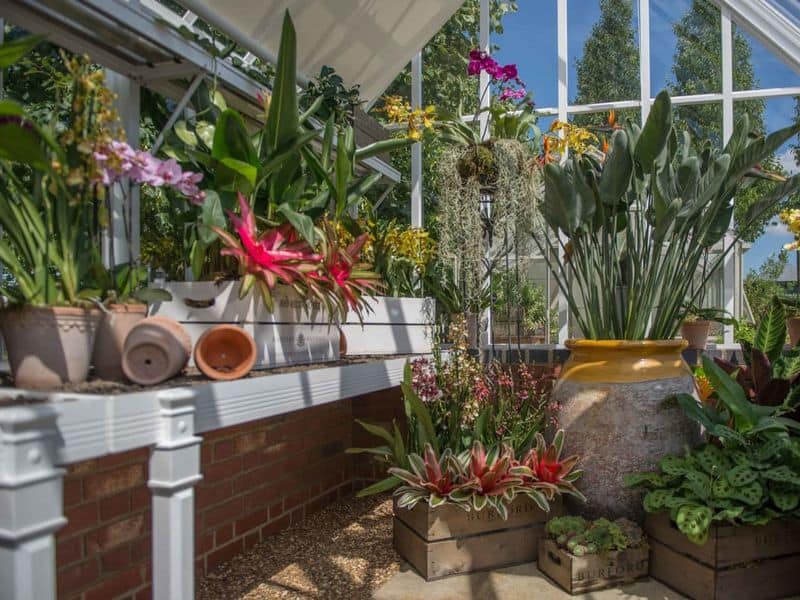
Grow plants not native to your region by using a large indoor greenhouse. This setup supports diverse ecosystems, allowing you to cultivate rare or exotic species.
Experiment with tropical plants, increasing biodiversity at home. Expand your gardening horizons by introducing unique and unusual plants into your collection.
4. Space Optimization
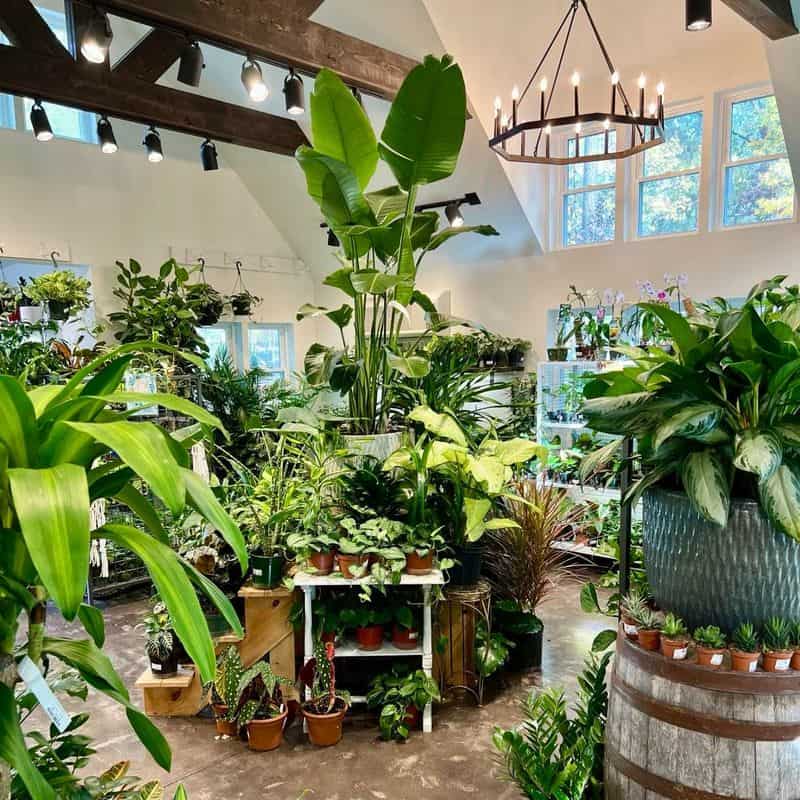
Maximize space with a large indoor greenhouse by employing vertical gardening techniques. Shelves and hanging systems enable efficient use of space.
This approach caters to urban gardeners with limited outdoor areas, providing ample room for a variety of plants without compromising on available living space indoors.
5. Reduced Carbon Footprint
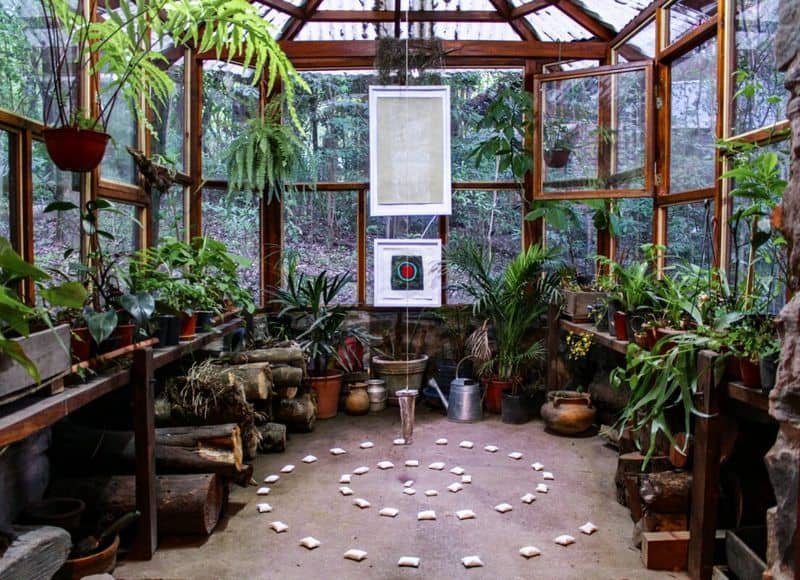
Decreasing your carbon footprint becomes possible with indoor greenhouses. Incorporate eco-friendly practices like solar panels and water recycling.
By growing food locally, we can reduce transportation emissions. Environmentally conscious gardening contributes to a sustainable lifestyle.
6. Enhanced Mental Well-being
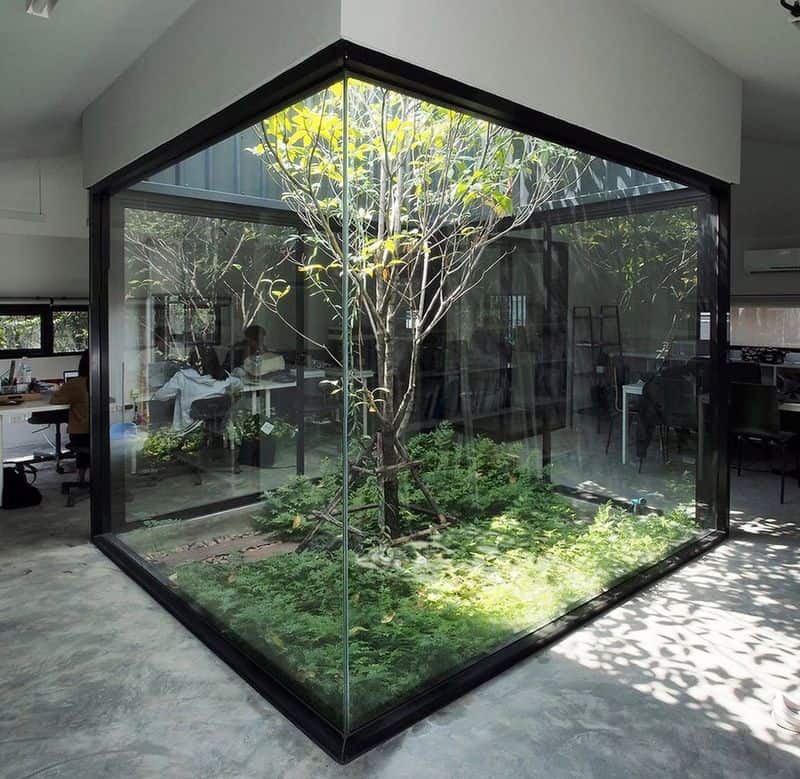
Indoor greenhouses promote mental health by offering a tranquil escape from daily stress. Surrounded by lush greenery, experience reduced anxiety and increased happiness.
Gardening is therapeutic, providing a sense of achievement and purpose. Connecting with nature indoors supports emotional well-being and nurtures a positive mindset.
7. Educational Opportunities
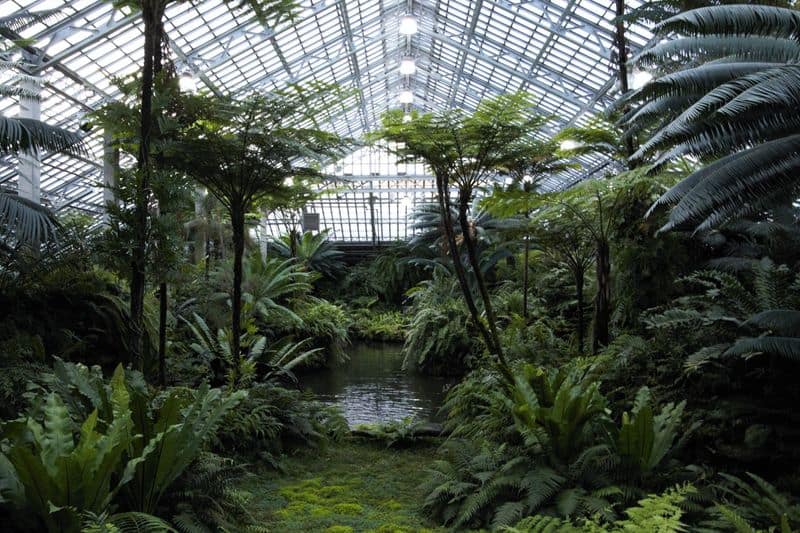
Indoor greenhouses serve as living classrooms, offering educational opportunities for all ages. Children and adults alike discover plant biology, ecology, and sustainable practices.
Hands-on learning fosters curiosity and environmental stewardship. Share this experience with family and friends, cultivating knowledge and appreciation for nature together.
8. Pest and Disease Management
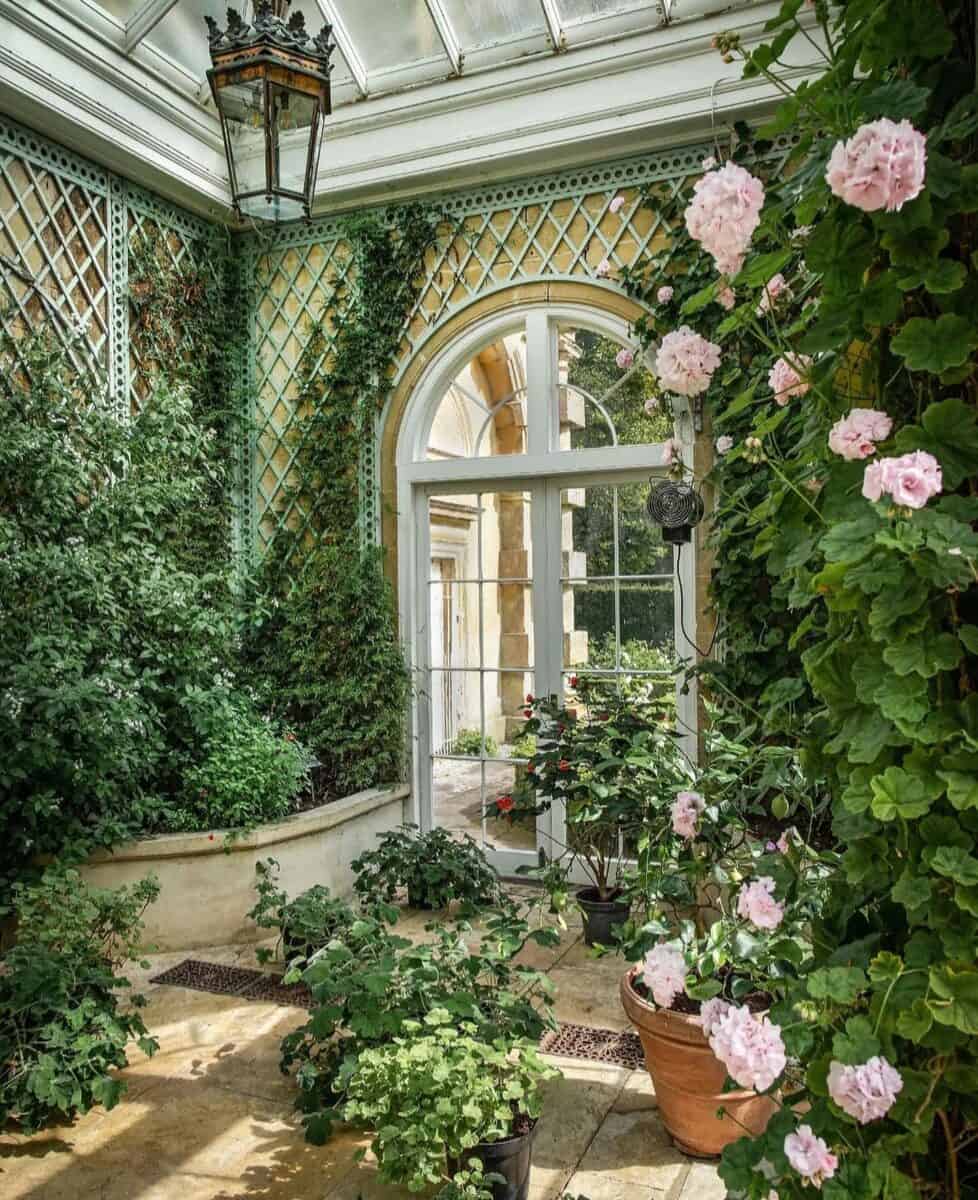
Manage pests and diseases more effectively within a large indoor greenhouse. Controlled conditions reduce infestations and promote natural pest control methods.
Introduce beneficial insects and use organic solutions to maintain plant health. Protect your plants, ensuring they thrive by minimizing exposure to external threats and challenges.
9. Increased Property Value
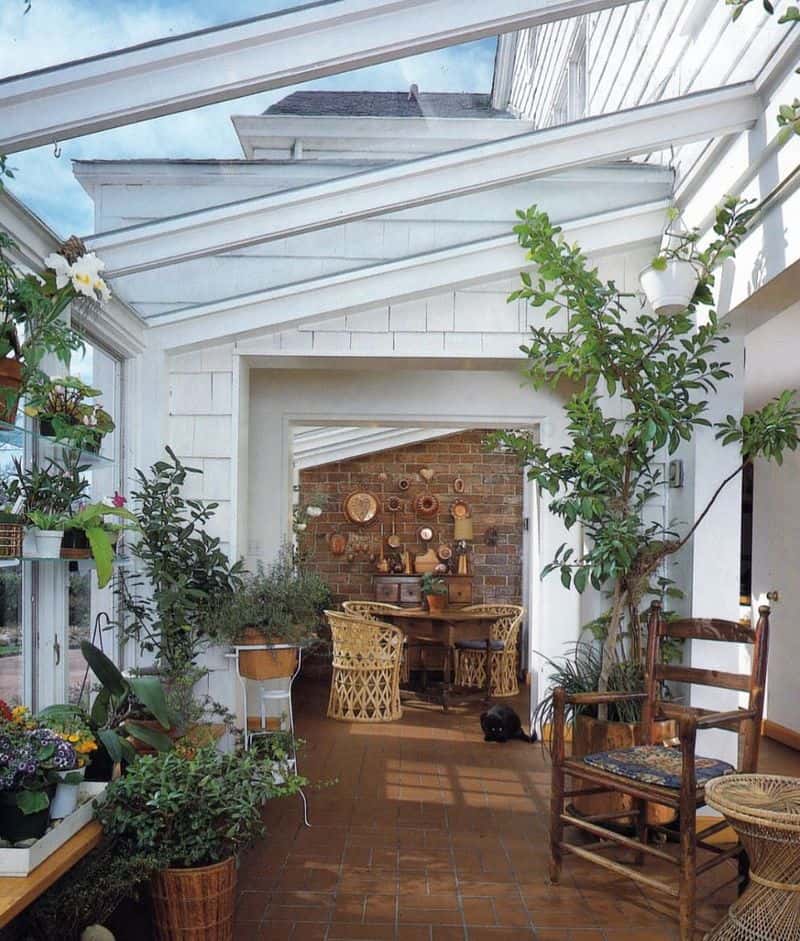
Adding a large indoor greenhouse can increase a property’s value. Buyers appreciate the added benefit of this unique feature, which enhances aesthetic appeal and functionality.
A well-maintained greenhouse becomes a selling point, attracting potential buyers and setting your home apart in the real estate market.
10. Community Building
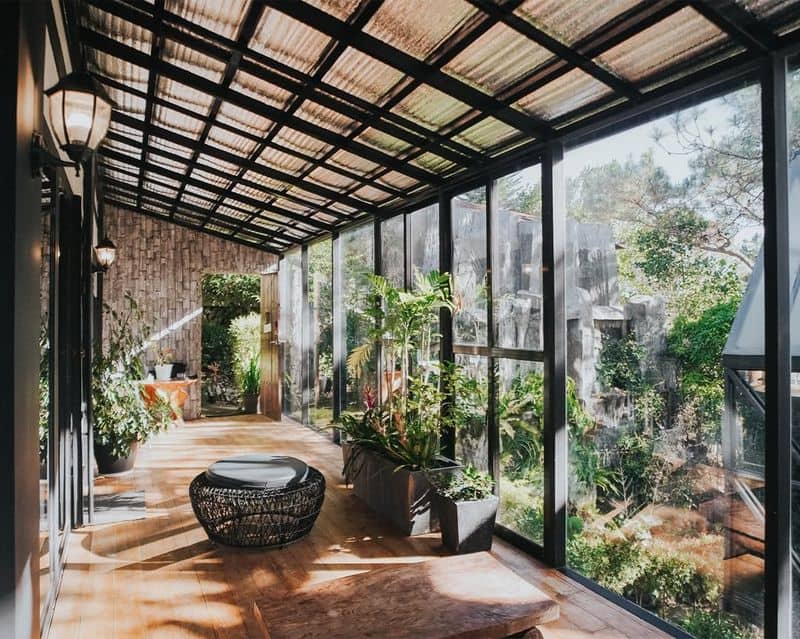
Indoor greenhouses can become community hubs. Host events, workshops, and gatherings, sharing gardening knowledge and resources.
Foster a sense of community by bringing people together over shared interests. These spaces encourage collaboration, learning, and friendship, strengthening bonds and building a supportive gardening network.

